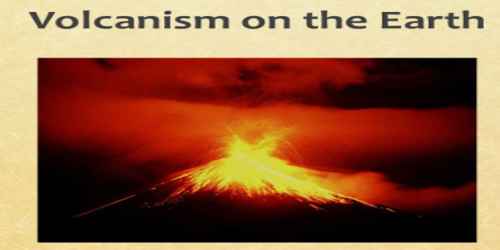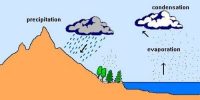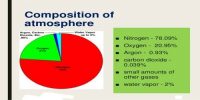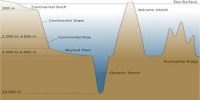Volcanism includes the movement of molten rock (magma) onto or toward the earth’s surface and also the formation of many intrusive and extrusive volcanic forms.
When hot molten magma getaways from the Earth’s core becoming cooler and shapes solid rocks, we refer to this procedure as volcanism. It takes place both above the surface of Earth, as well as below its surface. When molten lava escapes the Earth and reaches the surface geologists say that it is extrusive volcanism. When molten magma cools and hardens beneath the surface of the Earth, we say that it is intrusive volcanism. In some cases, molten magma cools and hardens deep beneath the surface of the Earth, far below the crust. When this happens, scientists call it plutonic volcanism.
Although it is best known on Earth, there is evidence that it has been important in the development of the other terrestrial planets—Mercury, Venus, and Mars—as well as some natural satellites such as Earth’s Moon and Jupiter’s moon Io.
















